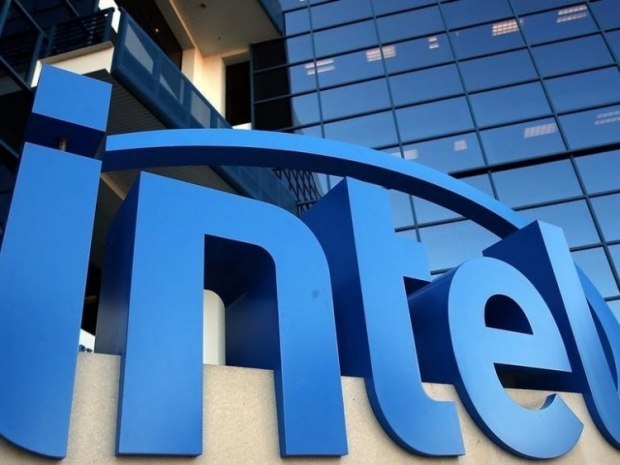The data center sector is where Intel grew the most and this is the highest margin and the highest profitable market. For every few hundred smartphones and devices, you need a server and there are more and more connected device that need more data centers.
With AI and ML expansion, data center plays a key role too as you need to make sense of your data and need more storage and compute power.
Data center and AI mean margins
AI is at its infancy but is something every single serious company, even outside of IT, is investing money in - with data lakes and different AI approaches to put them ahead of their competition. This is the next generation battlefield and it will result in higher sales in the data center market.
This is where Intel and IBM will make a lot of money and AMD will make some too. AMD does have an excellent chip but it takes a lot of time to convince companies on a larger scale to go for AMD. AMD will have a price advantage for sure and will win in some price-sensitive markets.
PC and notebook grew with 14nm
Intel managed to grow six percent in the incredibly hard and declining PC sector. This means that the Kaby Lake R quad-core, Core 8000 notebook series did really well. Doubling numbers of cores at the same TDP sounds like a great achievement and it has been done in 14nm.
There is no doubt that Intel has some 10nm challenges and needs to change a lot of things. This is why ex Qualcomm Dr. Venkata (Murthy) Renduchintala hired Raja Koduri and Jim Keller. These two guys should help overcome this issue with future generations. Both have a history of making great products with a fraction of the resources that Intel had and still has for CPU and GPU.
We were told multiple times that Intel’s 10nm will be competitive with TSMCs 7nm in transistor space and power measurements which might imply that Intel’s 7nm might be as good as the TSMC/Samsung/GlobalFoundries 5nm.
Yes, 10nm is delayed and it should have launched much sooner, but apparently, Intel found a lot of innovation within 14nm to stay competitive. Innovation and advancements were still there.
10nm is important for notebooks more than anything else, and data center feels happy with Xeon processors at 14nm for a while. It is unfortunate that Intel lost its CEO as BK did a good job in growing the company's data center share and profits, but the operation guys could not get the 10nm going. Maybe the next person, and we're tipping Diane, might fix that.
Intel 2018 7650 modem is yet another 14nm device while Qualcomm’s Snapdragon X24 modem is at 7nm, and Intel still managed to get Gigabit LTE, although much slower than Snapdragon X24’s 2 Gbps. This is enough for Apple, let's leave it at that.




